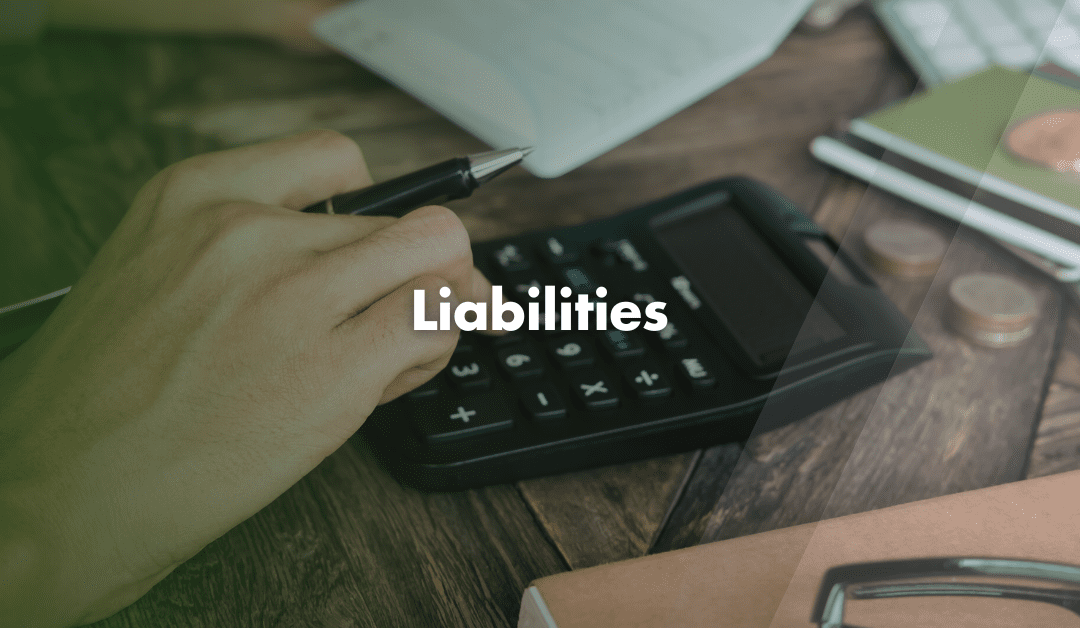What is a Liability?
A liability is a debt or obligation a company must settle. This can be in the form of money, goods, or services. You should record liabilities on the right side of the balance sheet; which includes loans, accounts payable, mortgages, deferred revenues, bonds, warranties and accrued expenses.
Types of Liabilities
There are two main categories for liabilities: short-term (current) liabilities and long-term (non-current) liabilities.
Short-Term Liability
You need to settle short-term liabilities within one year. These are part of regular business operations and businesses expect to pay them off with cash or other assets soon. Examples include:
- Accounts Payable: Money owed to suppliers for goods or services received but not yet paid for.
- Short-Term Loans or Lines of Credit: Borrowers must repay these borrowings within a year.
- Interest Payable: Incurred interest expenses but have not yet paid them.
- Income Taxes Payable: Taxes owed to the government that are due within the year.
- Bank Account Overdrafts: Short-term loans provided by banks when there are insufficient funds in the account.
- Accrued Expenses: Incurred expenses but have not yet received an invoice for them.
- Deferred Revenue: Payments received for goods or services not yet delivered.
Long-Term Liability
Long-term liabilities are obligations that are due after more than one year. These often involve larger sums and come with interest costs. Examples include:
- Mortgages: Loans taken out to purchase property, typically repaid over many years.
- Long-Term Loans: Loans with a repayment period extending beyond one year.
- Bonds Payable: Debt securities issued by a company to raise funds, repayable over several years.
- Deferred Tax Liabilities: Taxes owed to the government that are deferred to a future period.
- Leases: Long-term rental agreements for property or equipment.
Importance of Liabilities
Liabilities are a key component of a company’s balance sheet. The balance sheet shows a company’s assets, liabilities and equity. In accounting, the equation Assets = Liabilities + Equity must always hold true. Moreover, this means the total amount of liabilities is equal to the difference between the total amount of assets and equity.
Liabilities enable businesses to borrow money or acquire goods and services on credit, facilitating operations and expansion. However, poor management of liabilities can lead to financial difficulties or even bankruptcy.
Current vs. Non-Current Liabilities
You should know the difference between current and non-current liabilities for effective financial management.
- Current Liabilities: These are due within a year and include accounts payable, interest payable, income taxes payable, and short-term loans. They impact a company’s liquidity and serve various financial ratios like the current ratio, quick ratio and cash ratio.
- Non-Current Liabilities: These are due after more than one year and include long-term loans, bonds payable, deferred tax liabilities, and mortgages. They also affect the company’s capital structure and long-term solvency.
Contingent Liabilities
Contingent liabilities are potential obligations that may arise depending on the outcome of a future event. For example: A legal liability, where a company expects to lose a court case and incur legal expenses. Recognise these liabilities only if the outcome is probable and you can reasonably estimate the amount.
Contact Us
We are not just accountants; we are Chartered Accountants with one of the most reputable and premium accounting bodies. We are registered and regulated by ACCA; so you can rest assured that you are in good hands. Knowing this, don’t hesitate to get in touch with us if you require assistance: Pi Accountancy | Contact Us

